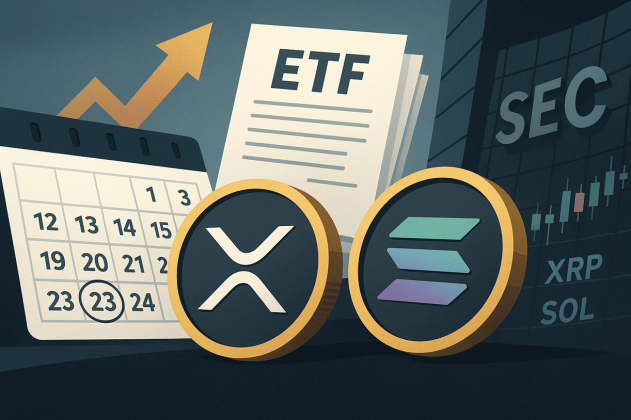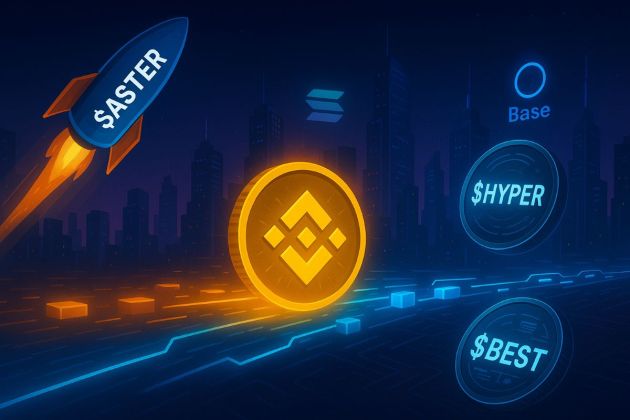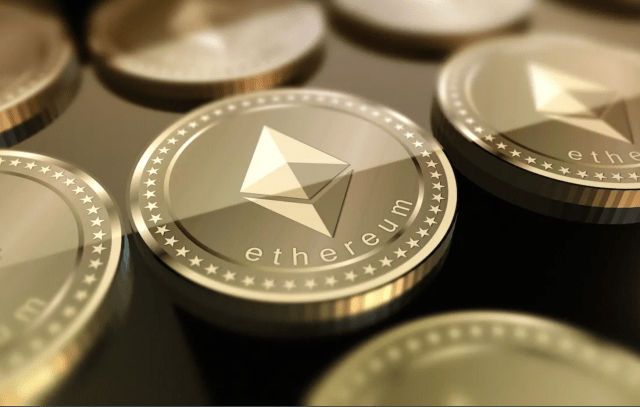Restaking is a new trend in decentralized finance (DeFi) that’s gaining a lot of attention. It’s essentially a way to earn extra rewards on top of your regular crypto staking.
What is Restaking?
Imagine you’re already staking your crypto, like Ethereum (ETH), to help secure the network and earn rewards. Restaking takes this a step further by allowing you to stake your staked assets, earning even more rewards.
This concept addresses a key limitation of blockchains: they can only secure information within the chain itself. When it comes to off-chain activities, like using bridges or decentralized applications (DApps), security becomes a challenge. Restaking aims to solve this by extending the security of layer-one blockchains to these off-chain systems.
The Rise of Liquid Restaking
Liquid restaking protocols have been a game-changer, making restaking more accessible and user-friendly. These protocols allow you to unlock the liquidity of your staked assets, even while you’re earning rewards.
They do this by issuing liquid restaking tokens (LRTs), which represent your restaked position. You can trade these tokens or use them in other DeFi applications, just like regular crypto.
Two Types of Restaking
There are two main ways to participate in restaking:
- Native Restaking: This involves directly restaking your native ETH. It’s a convenient option that combines your native and restaking rewards into one.
- LST Restaking: This uses liquid staking tokens (LSTs) to participate in restaking. It’s a great option for those who have already staked their ETH with an LST provider.
How Liquid Restaking Tokens (LRTs) Work
Liquid restaking protocols offer two primary methods for creating LRTs:
- Basket-based LRTs (bLRTs): These pool various restaked assets into a single basket, offering diversification but potentially exposing you to greater risk.
- Isolated LRTs (iLRTs): These represent individual restaked assets, providing transparency and minimizing risk.
The Challenge of Unstaking
One of the challenges with restaking is the lack of quick unstaking solutions. Currently, you might have to wait for a certain period before you can access your restaked assets. This can be frustrating, especially if you need your funds quickly.
To address this, some protocols are developing “flash unstaking” features that allow for immediate access to your restaked assets. This would significantly improve the user experience and make restaking even more appealing.
The Future of Restaking
Restaking is still a relatively new concept, but it has the potential to revolutionize the DeFi landscape. The rise of liquid restaking protocols and the development of innovative features like flash unstaking are making restaking more accessible and user-friendly.
As the industry matures, we can expect to see even more exciting developments in this space.







